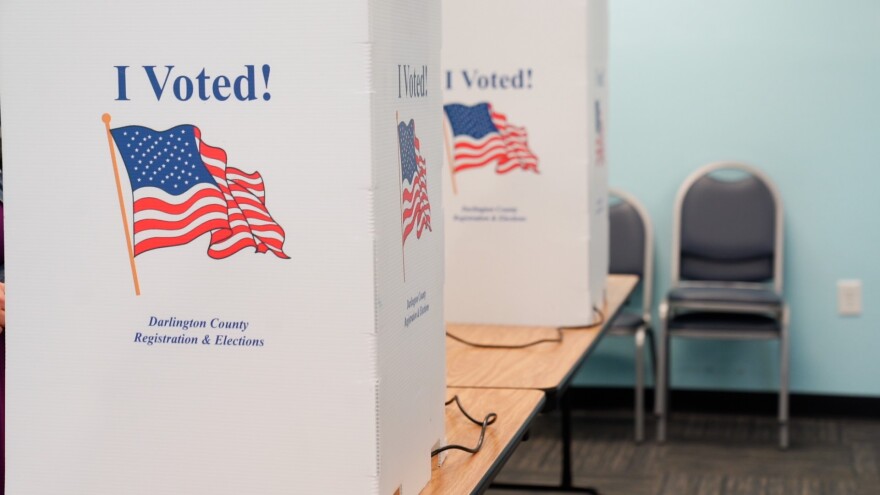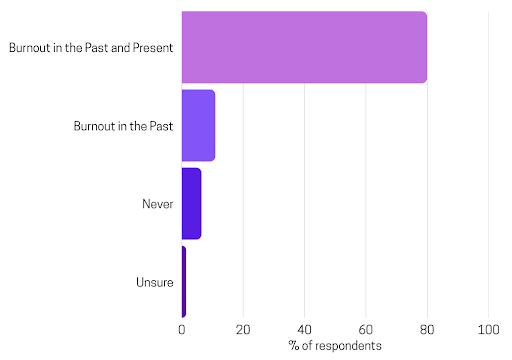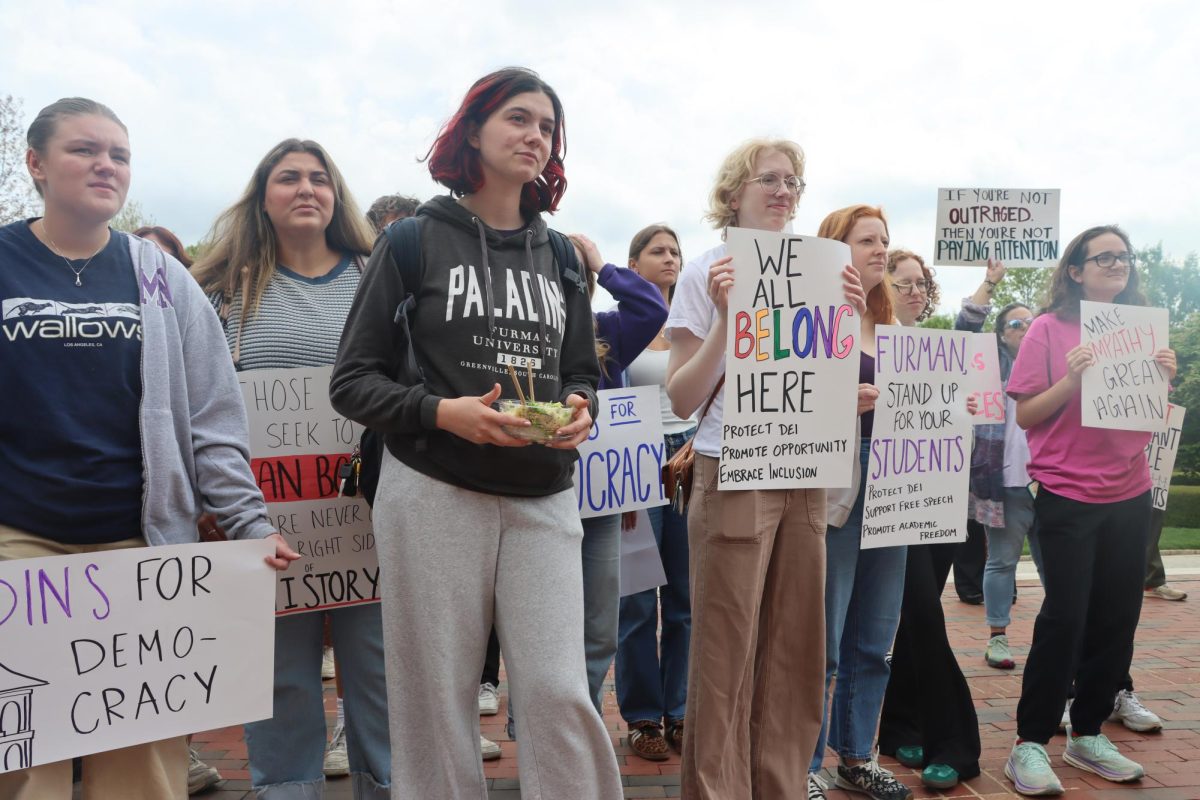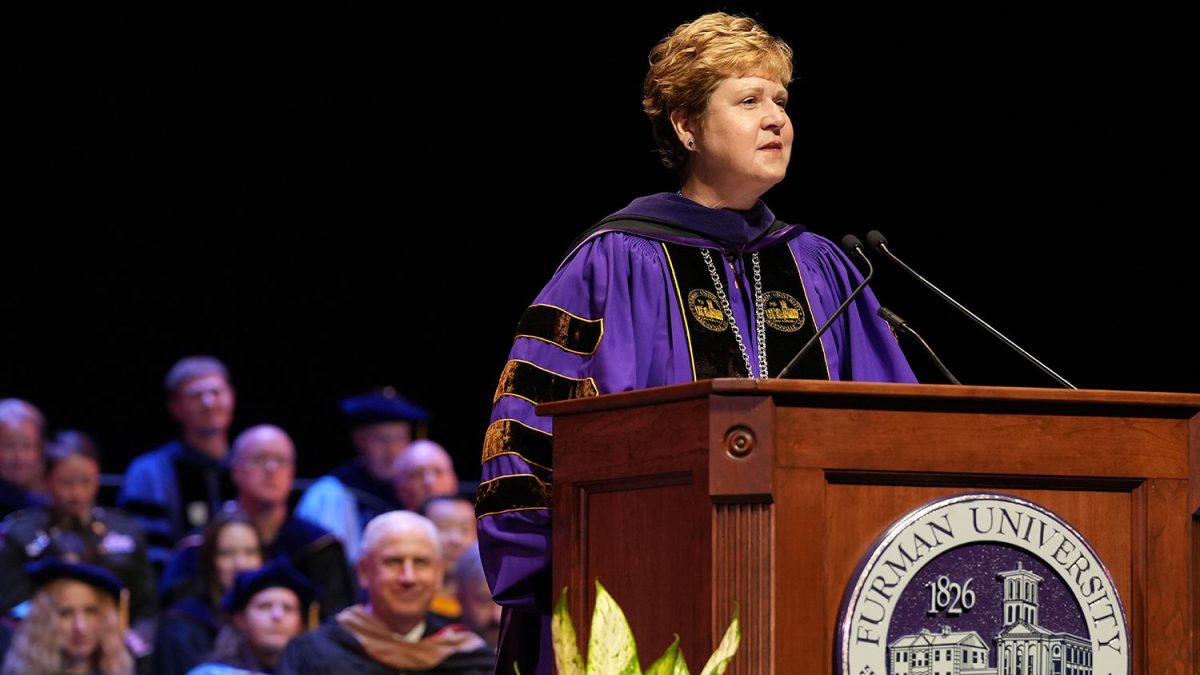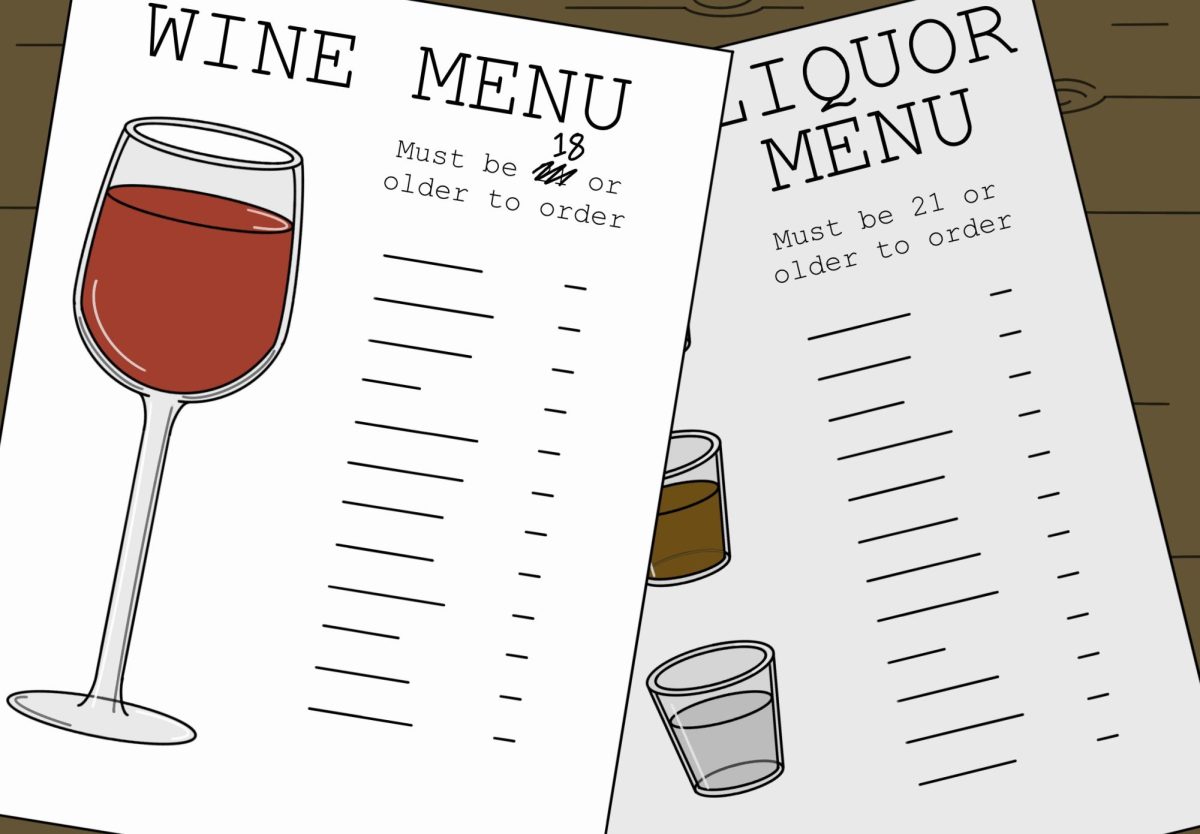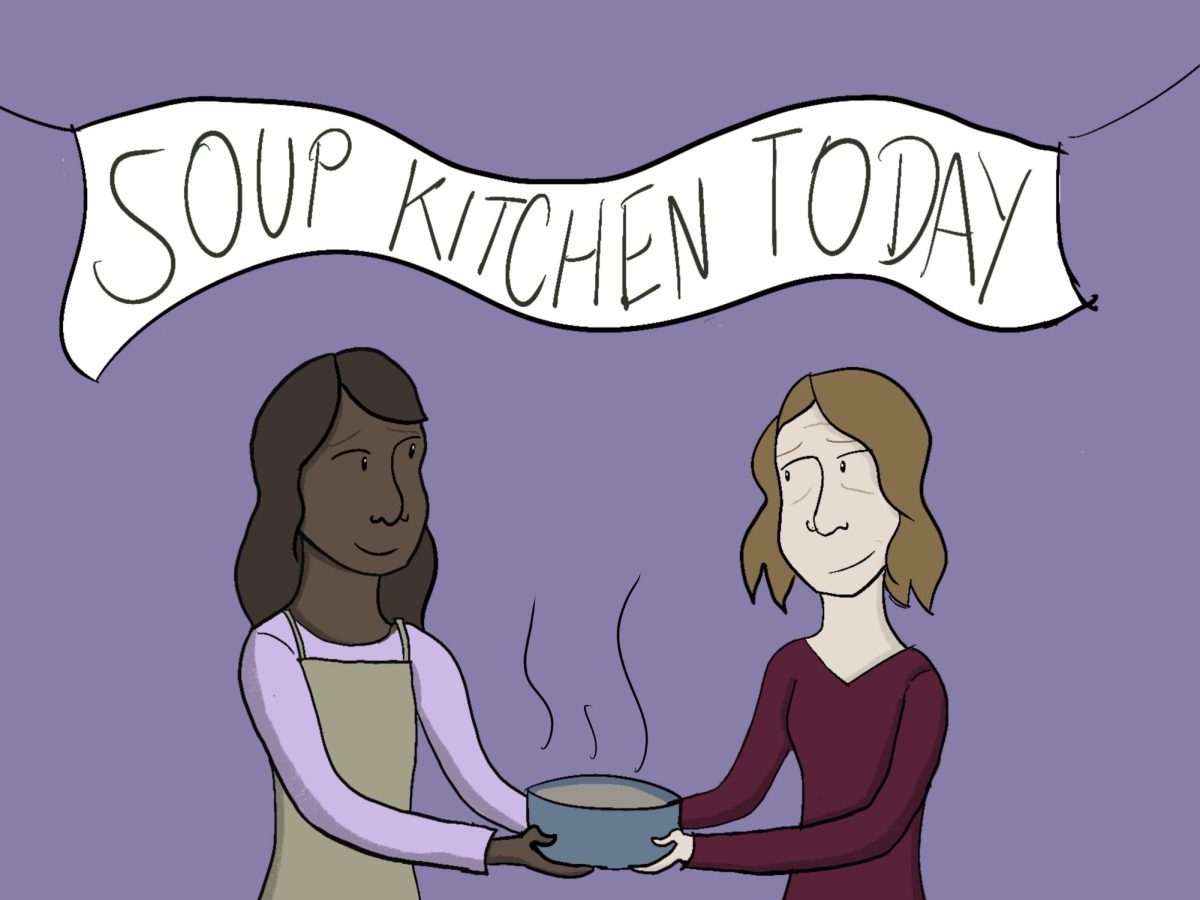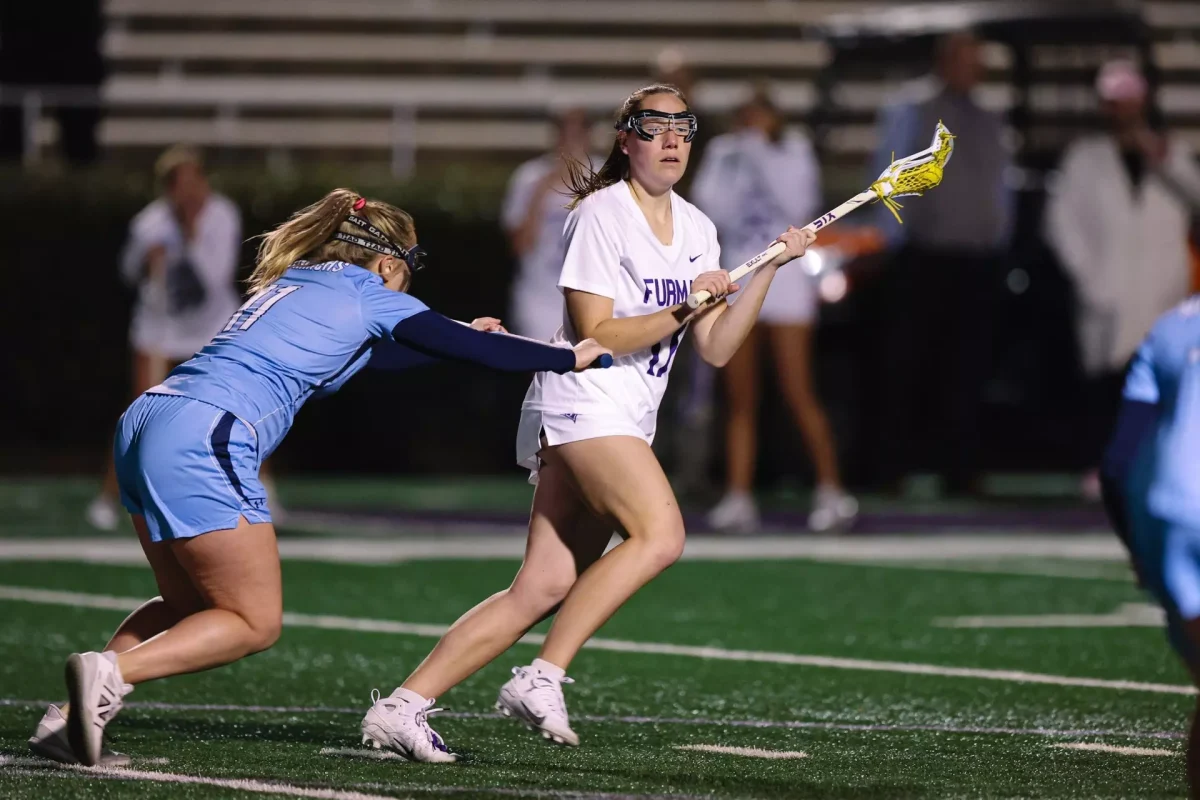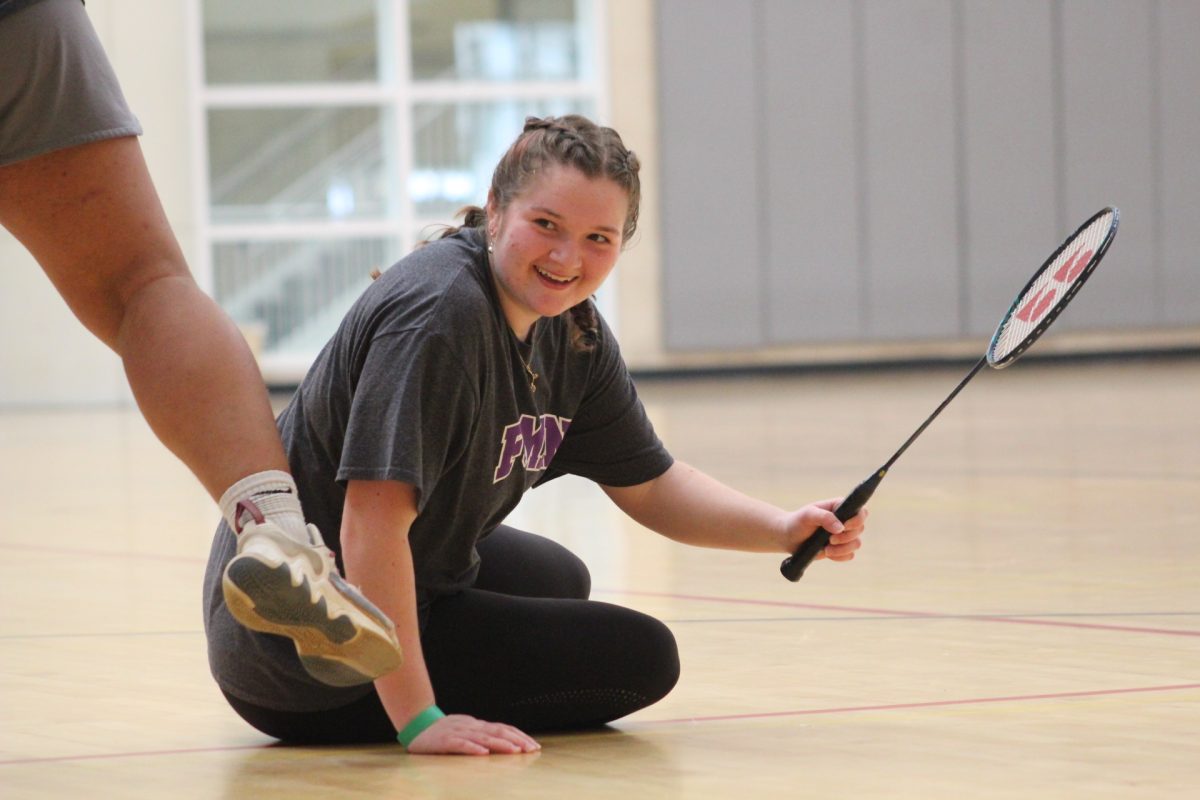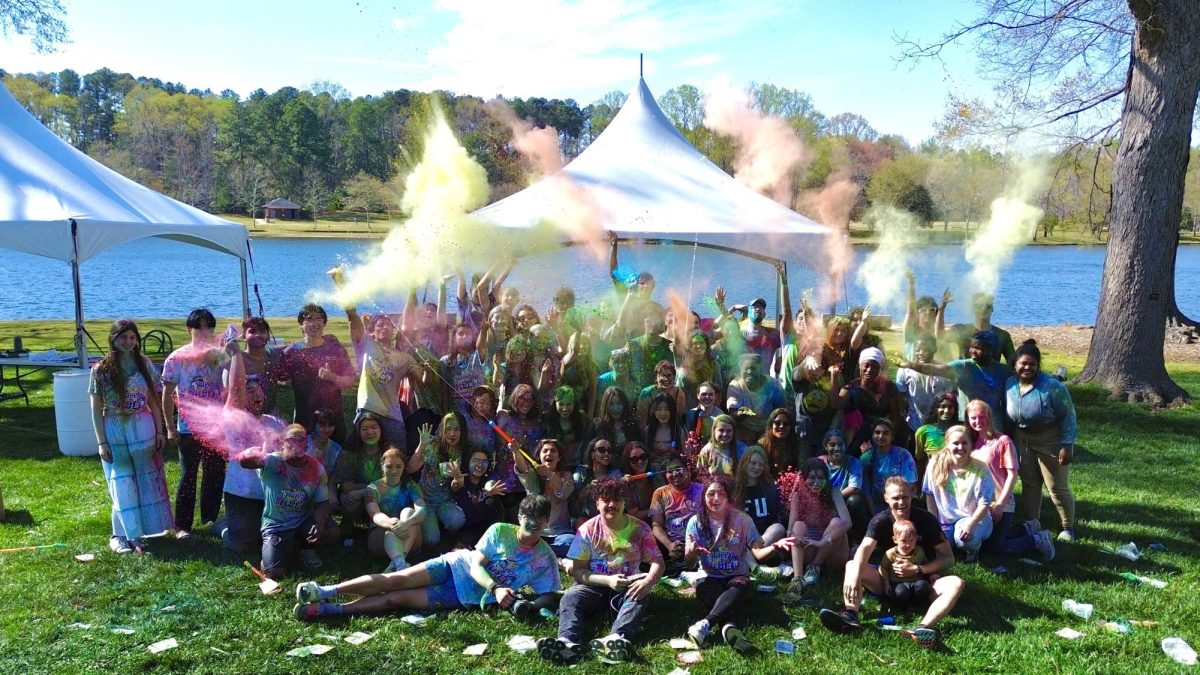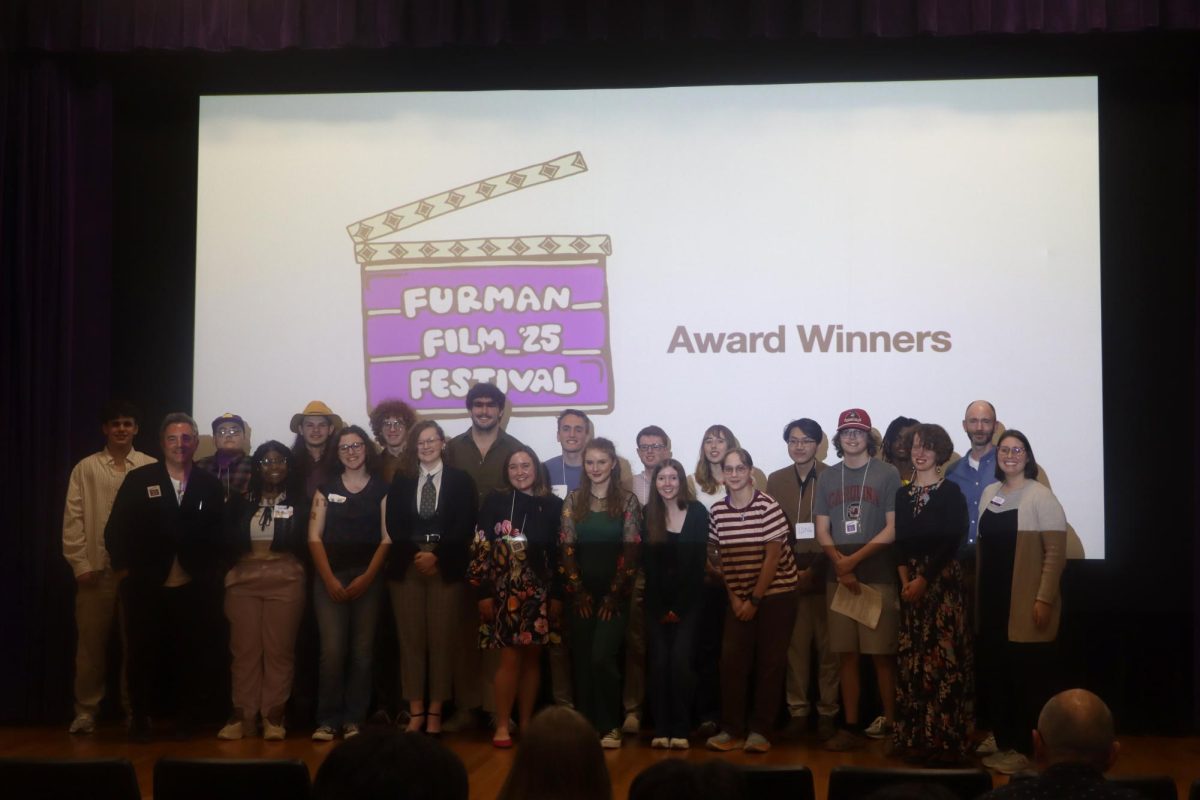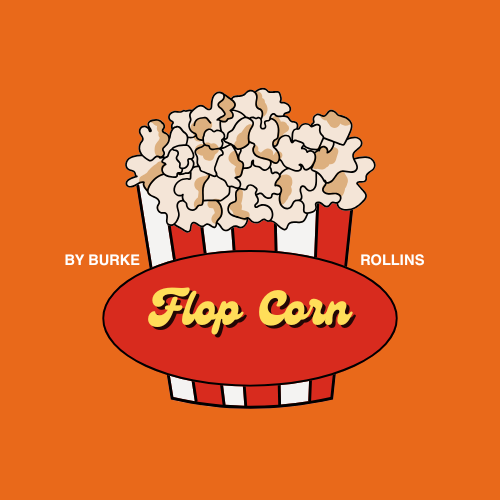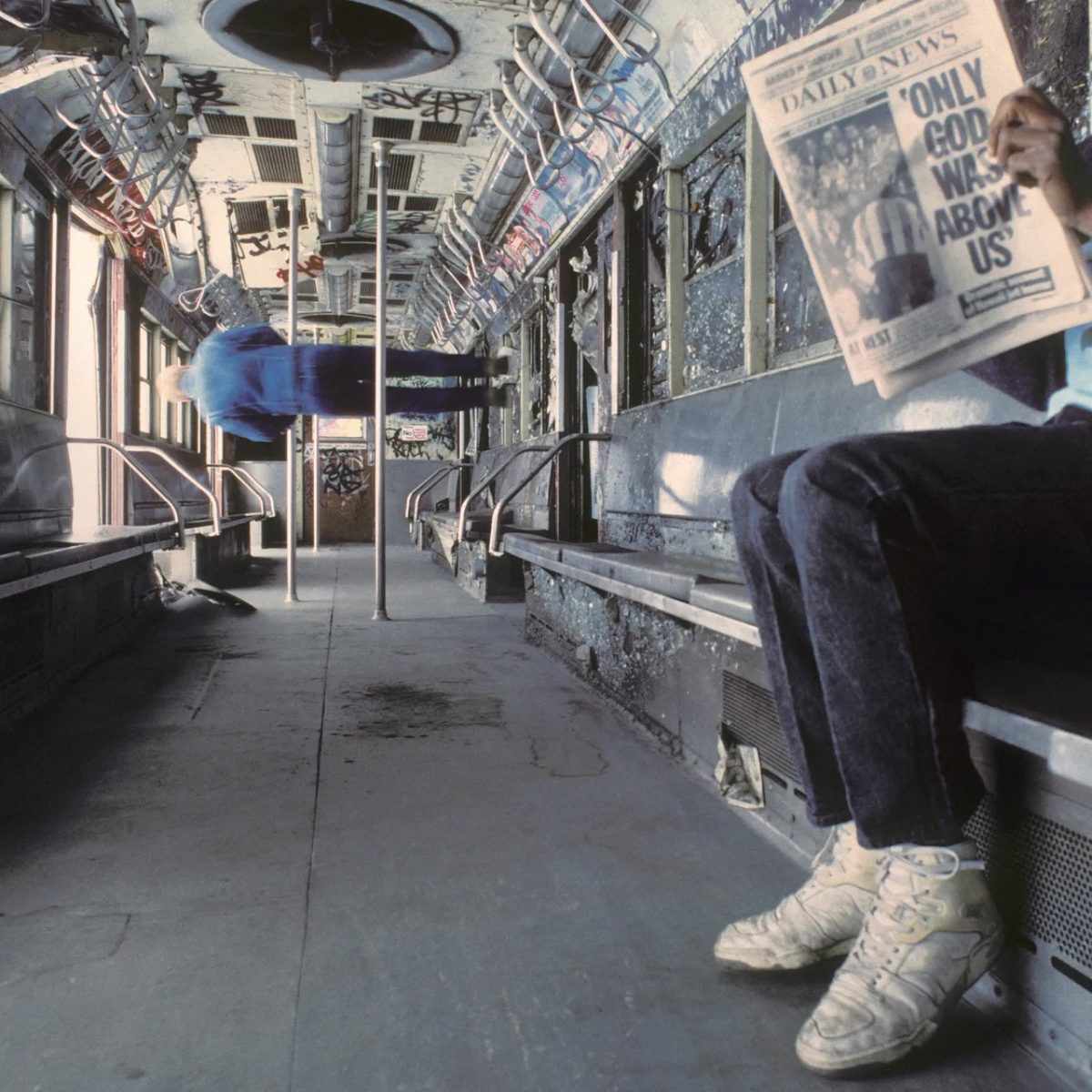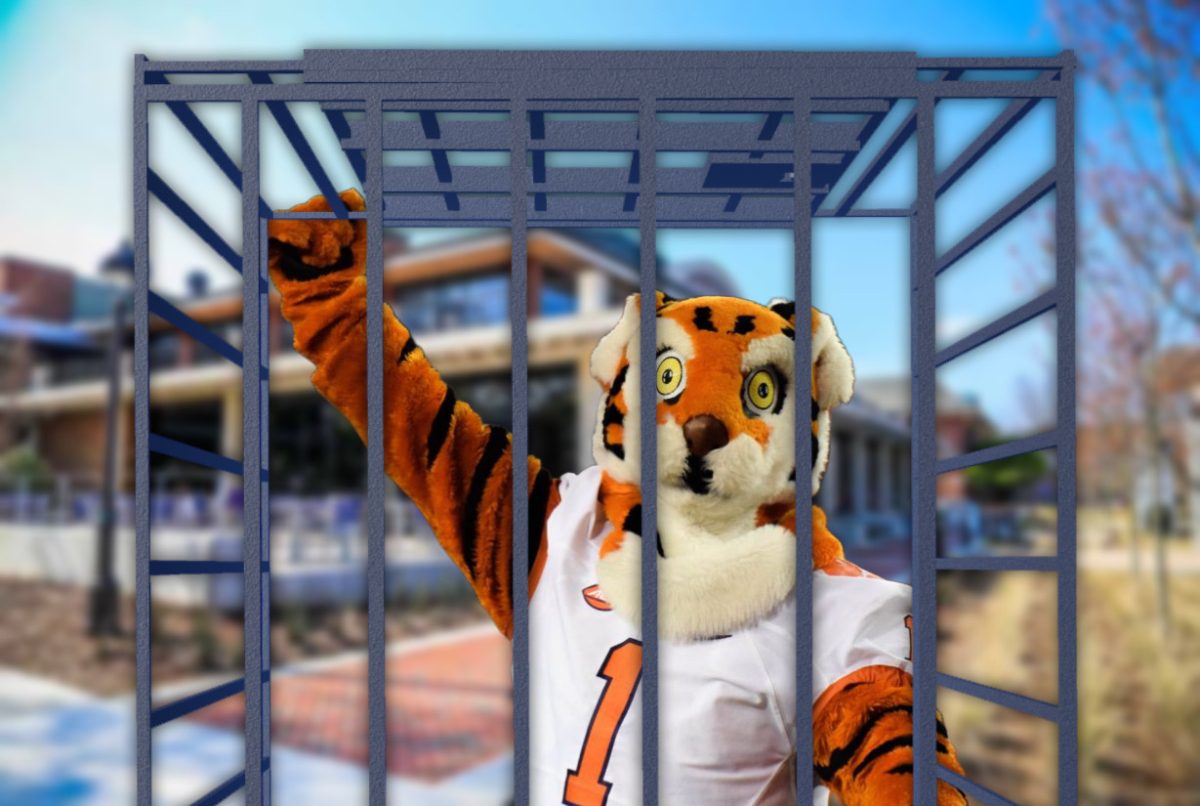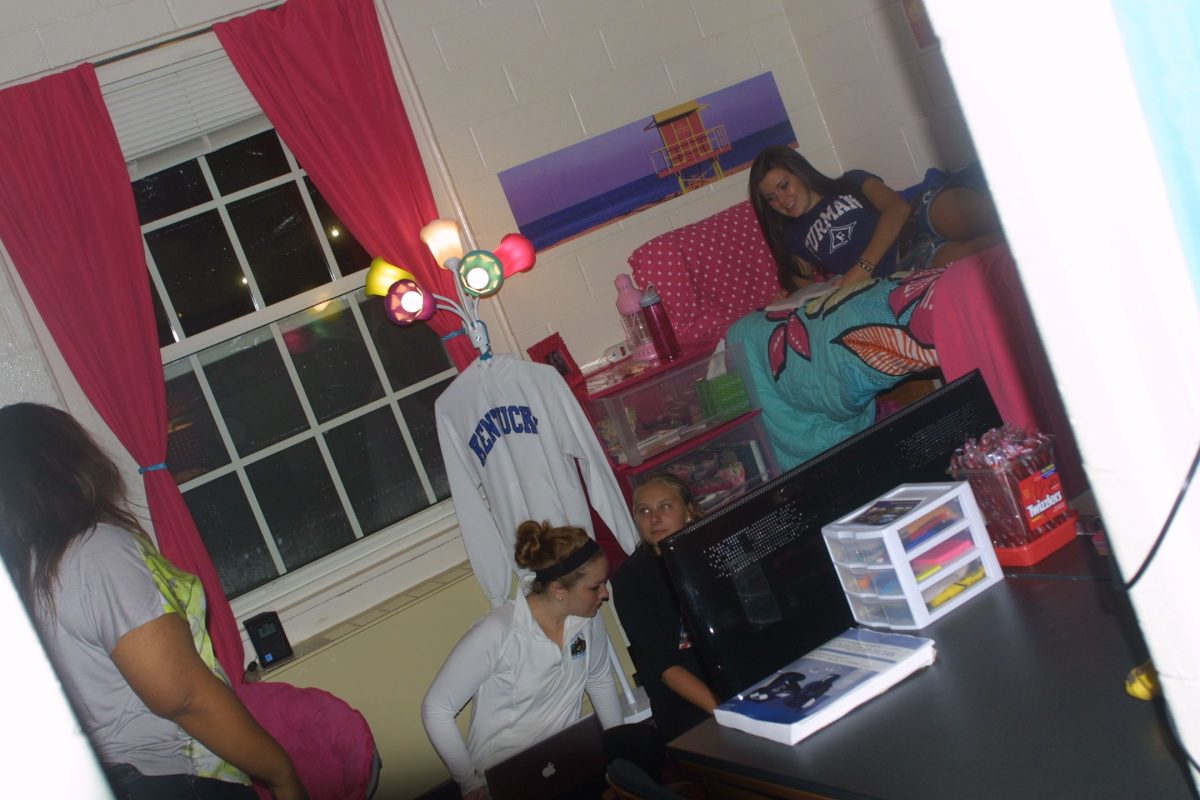In celebration of Black History Month, alumnae Lena Pringle spoke to the Furman community about the media and protests as part of the Cultural Life Program (CLP).
Class of 2015 Communications and Spanish double major, Pringle currently works for Wach Fox 57 in Columbia, South Carolina.
Pringle overviewed the way in which the media reported on black lives throughout the years, comparing the past with the present. The story began with Emmett Till, a 14 year-old boy brutally murdered in Louisiana in 1955. Thousands flocked to his funeral after seeing his beaten face printed in the newspapers.
Pringle presented Till’s death as “the turning point in the coverage of blacks by the white American press.”
Eight years later on the date of Till’s murder, almost 300,000 people marched in Washington, where the famous “I Have A Dream” speech was given by Martin Luther King Jr. However, Pringle pointed out that no journalists covered that speech at the time.
“A four minute speech went to sixteen minutes, in one of the greatest pieces of speech in the world,” Pringle said. It never received media attention.
This iconic speech would have been reported accurately and in a timely manner if it had been the current era. Pringle discussed how media outlets would have reported word for word, and some would have even had a Facebook Live for the speech.
She then focused on the emergence of the Black Panther Party. Pringle explained the misconception and fear the media created about the social group.They were presented in the media with a bias, only reporting on the bad things surrounded by the group, and not the good things.
“I do not expect the white media to create positive Black male images,” one of the founders of the Black Panther Party Huey Newton said.
Pringle then delved into her own personal stories, and talked about her grandmother and her friends, who once locked arms together at a white bar. Police proceeded to bombard them with their shields, sticks, and dogs.
Pringle concluded with her take on what the media needs to do to progress forward.
“There needs to be people at the top who are different, who have different perceptions, different realities, different backgrounds to really help move media along.”
Pringle’s presentation is one part of a series of CLPs scheduled on Black representation. Students can visit Furman’s website to learn more.

